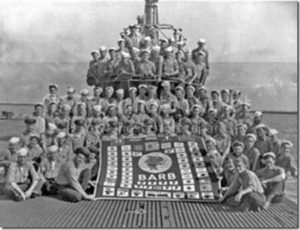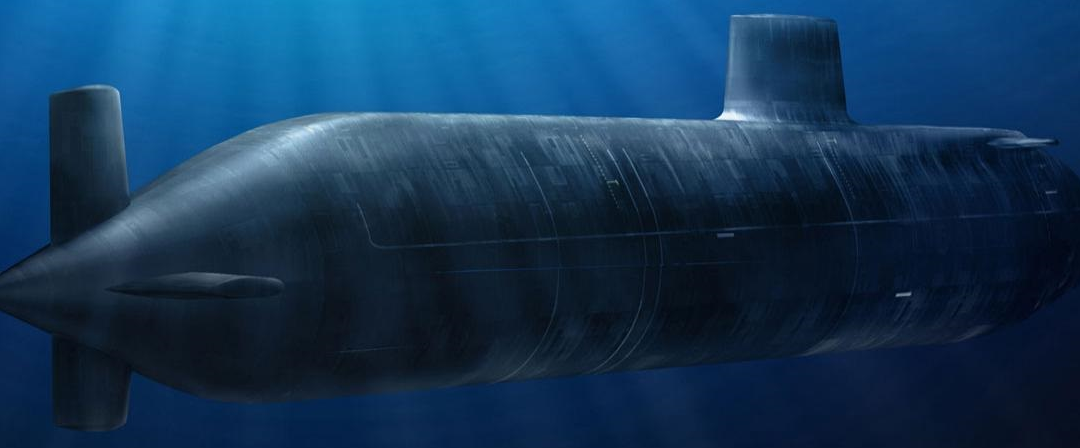
Kate Pape – Eagle Scout
I am both a long-time Scouter and a long-time submariner. Having experienced both, I see the parallels between those that achieve Scouting’s highest honor – Eagle, Quartermaster, Summit – and my fellow submariners. USSVI, United States Submarine Veterans Inc., wants to recognize Scouting’s highest achievers through their “USSVI SCOUTING RECOGNITION PROGRAM“. Every Scout who earns Eagle, Summit, or Quartermaster is eligible and the USSVI Central Texas base would be pleased to present this award at their Court of Honor.

Eugene Fluckey – Eagle Scout
If your unit is preparing to honor a pinnacle achiever, please reach out to the USSVI Central Texas Base or directly to Tim Pacl and we will ensure they receive this recognition. We just need a few days to prepare things, so if you have a quickly approaching court of honor, don’t delay.
Knowing how Scouts and Scouters enjoy a good story, here is the story of Eugene Fluckey, an Eagle Scout, a submariner, and a Medal of Honor winner.
Rear Admiral Eugene Bennett Fluckey (born October 5, 1913), is a former United States Navy submarine commander who received the Medal of Honor during World War II. He graduated the US Naval Academy in 1935 and entered the submarine service in 1938 where he served on S-42 and later completed five war patrols on Bonita (SS165). On 27 April 1943, Commander Fluckey assumed command of Barb (SS-220).
As commanding officer of Barb, he established himself as one of the greatest submarine skippers, credited with the most tonnage sunk by a U.S. skipper during World War II: 17 ships including a carrier, cruiser, and frigate. In one of the stranger incidents in the war, Fluckey sent a landing party ashore to set demolition charges on a coastal railway line, which destroyed a 16-car train. This was the sole landing by U.S. military forces on the Japanese Home Islands during World War II. Fluckey ordered that this landing party be comprised of crewmen from every division on his submarine and asked for as many ex-Boy Scouts as possible because Fluckey knew they would know how to find their way in unfamiliar territory. Fluckey received four Navy Cross Medals for extraordinary heroism during the eighth, ninth, tenth, and twelfth war patrols of Barb. During his famous eleventh patrol, he continued to revolutionize submarine warfare, inventing the night convoy attack from astern by joining the flank escort line. Two convoys at anchor 26 miles inside the 20 fathom (37 m) curve on the China coast, totaling more than thirty ships, were attacked. With two frigates pursuing, Barb set a world speed record for a submarine of 23.5 knots (44 km/h) using 150% overload. For his conspicuous gallantry and intrepidity, Fluckey received the Medal of Honor. Barb received the Presidential Unit Citation for the eighth–eleventh patrols and the Navy Unit Commendation for the twelfth patrol.
Medal of Honor Citation
“For conspicuous gallantry and intrepidity at the risk of his life above and beyond the call of duty as commanding officer of the U.S.S. Barb during her 11th war patrol along the east coast of China from 19 December 1944 to 15 February 1945. After sinking a large enemy ammunition ship and damaging additional tonnage during a running 2-hour night battle on 8 January, Comdr. Fluckey, in an exceptional feat of brilliant deduction and bold tracking on 25 January, located a concentration of more than 30 enemy ships in the lower reaches of Nankuan Chiang (Mamkwan Harbor). Fully aware that a safe retirement would necessitate an hour’s run at full speed through the uncharted, mined, and rockobstructed waters, he bravely ordered, “Battle station—torpedoes!” In a daring penetration of the heavy enemy screen, and riding in 5 fathoms [9 m] of water, he launched the Barb’s last forward torpedoes at 3,000 yard [2.7 km] range. Quickly bringing the ship’s stern tubes to bear, he turned loose 4 more torpedoes into the enemy, obtaining 8 direct hits on 6 of the main targets to explode a large ammunition ship and cause inestimable damage by the resultant flying shells and other pyrotechnics. Clearing the treacherous area at high speed, he brought the Barb through to safety and 4 days later sank a large Japanese freighter to complete a record of heroic combat achievement, reflecting the highest credit upon Comdr. Fluckey, his gallant officers and men, and the U.S. Naval Service.”

USS Barb Crew with War Flag

USS Barb, SS-220


